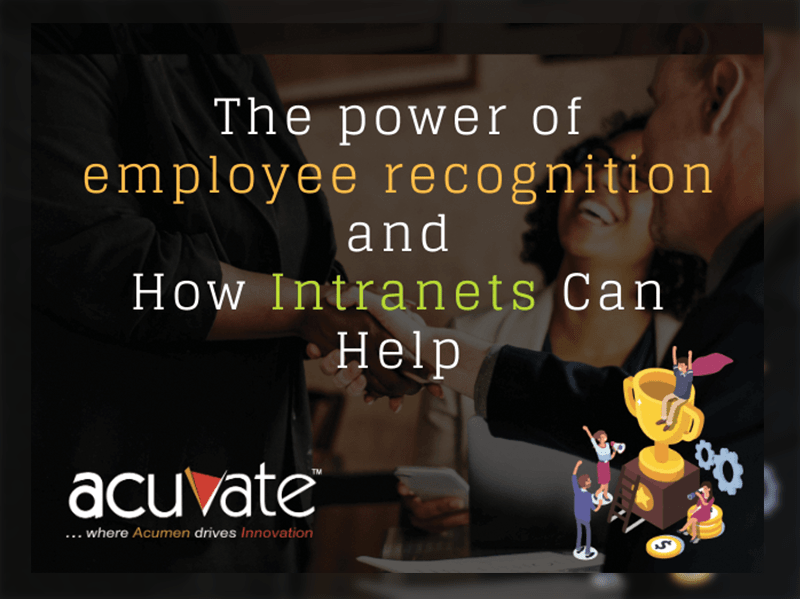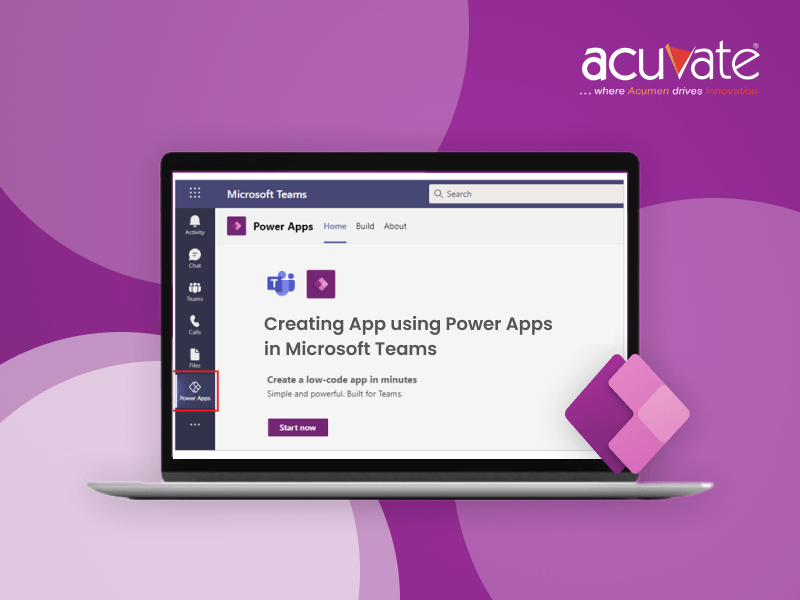Are you planning for an employee recognition culture in your company? If not, you should consider implementing it.
According to a recent article in Forbes, creating an employee recognition culture can increase employee retention by up to 31%. Now, that is a number worth investing in.
Employee recognition is the process of showing appreciation for an employee’s achievements, actions and contributions. Creating a culture of recognition will help motivate employees to create significant outcomes for your business.
Employee recognition is essential for motivating, retaining and fully engaging employees in your organization. When organisations prioritize recognition, there is increased employee engagement and productivity.
Recognizing employees should not be based merely on seniority or the number of years they have worked at the organization; instead, an organization’s recognition program should be designed to reward performance and actions that support an organization’s goals and initiatives.
Leveraging employee recognition culture in your intranet will:
- Enhance employee productivity and increase motivation.
- Increase collaboration between employees.
- Increase employee satisfaction.
- Create a positive impact on employee experience, dedication and their motivation to achieve bigger things.
- Drive better performance and improved business outcomes.
- Lower negative impacts. For example, work irregularities and stress
- Boosts intranet adoption rate.
Here are a few best practices to foster a culture that encourages recognition and appreciation in your intranet and start leveraging the culture of employee recognition.
Key Elements to Achieve A Culture of Recognition in Your Organization
Establish A Values-Based Recognition Program
According to the 2015 Globoforce Employee Recognition Survey, a values-based approach has a significant impact on business results including stronger employee retention, enhanced engagement, safety, improved employer brand and even cost control goals.
Make sure employee recognition is truly embedded into the culture of your organization by leading from the front with formal recognition programs. It may be difficult to establish up front but long-term gains are extensive.
Generally, these recognition programs have a focus on simple measuring metrics like service experience or accomplishment of internal milestones. While this is important, the focus also needs to change from traditional recognition programs to value-based ones.
Recognizing employees who are innovative, interactive and enthusiastic and work above and beyond to create and manifest value for your business will have a positive impact on retention and also help to improve productivity.
68% of values-based programs perceived a positive impact on retention, vs. 41% for non-values-based program – Globoforce
Promote People With Leadership Qualities
Never underestimate the impact and power of managers, when it comes to your employee recognition strategy. They play a crucial role in recognizing employees with great talents.
When asked what leaders could do more of to improve engagement, 58% of respondents replied: “Give recognition.” – Psychometrics
An effective leader will encourage employees by recognising their efforts to enhance productivity and work efficiency.
Before promoting someone within your organization, you’ll need to assess if they hold leadership qualities that are in sync with your organizational culture.
Leadership qualities are assessed based on:
- Recognising the value and strategic importance of employee recognition.
- Exhibiting an appreciation for employee contribution and effort.
- Inter-communication skills.
- The ability to mentor their peers as an employee to gauge how well they’ll do as a manager.
According to McKinsey global survey, praise and commendation from managers was rated a top motivator for performance, beating out other noncash and financial incentives, by a majority of workers (67%).
Read More: How To Leverage Intranet Analytics To Measure Intranet Effectiveness
Facilitate Peer-To-Peer Recognition
Recognition must be embraced and adopted by all to make it a reliable part of your organization’s culture.
Organizations today are spread across the globe, and technology is allowing people to work remotely. Management team doesn’t get the chance to oversee the day-to-day activities of their employees.
Using peer-to-peer recognition programs and gamification in your intranet can help management recognize how employees are getting involved.
According to the SHRM/Globoforce Employee Recognition Survey 2012, peer-to-peer recognition is 35.7% more likely to have a positive impact on financial results than the manager- only recognition.
Empowering your employees with peer-to-peer recognition tools will help recognize the achievements and efforts of their peers and show appreciation so that they feel valued for their contribution and hard work.
Build Collaborative Spaces
Peers have the greatest impact on creating a fun environment in the collaborative digital workspace.
So draw employees away from their desks by providing them with designated spaces where they can spontaneously get together, collaborate and communicate to innovate new ideas for business productivity and enhance intranet adoption rate.
Combine Informal And Formal Methods Of Recognition
Bolster your formal recognition programs with improvised and informal approaches to gratify employees of different personas within your organization.
Recognizing employees may range from a simple “thank you” to writing individual notes, to organizing treats such as an after-work drink or lunch or maybe a milestone celebration such as a party to celebrate successful project completion or possibly recognizing employees within team meetings.
Organizations can consider providing micro-rewards such as spot award and certificate appreciations for efficient performers and share these recognitions through a social intranet. This further encourages your employees to use it more often and also infuses collaboration throughout the organisation.
Read More: The Digital Essentials Of An Employee Experience Strategy
Employee Recognition Through Intranet
Recognition satisfies an important human need, and it’s also a powerful business strategy. We need to recognize the great value that employees bring to their work, regardless of their role in the organization.
Traditionally, employee recognition flows through a closed loop and rarely witnesses high visibility in the organization. If you happen to do a good job on a presentation, it might get mentioned to or recognized by a manager. Amplify the frequency and reach of recognition in your company by facilitating increased collaboration.
Intranet portals provide an excellent platform for recognition and strengthen the positive culture in organizational demographics. An effective portal or intranet can engage people from all corners of an organization much faster than traditional offline approaches.
In the Intranet Design Annual report, the Nielsen Norman Group put together 10 best intranets of 2017 in which 6 out of 10 winning intranets were built on SharePoint.
Being a member of the O365 family, SharePoint has a variety of features, including integration with social collaboration tools like Yammer. These social collaboration tools help the organization set a perfect stage for employee recognition and provide an engaging platform with user experience at heart. Employees can appreciate their fellow employees using social features like share, comment and like.
Benefits Of Recognition Through Sharepoint Intranet:
- Bolster a culture of transparent communication.
- Witness enhanced communication and collaboration between groups via recognitions to one another.
- Public recognition increases accountability.
- Recognize the behaviours and milestones that lead to success.
- Recognition shows up on the portal and broadcast accomplishments.
Boost your employee engagement using the unique features of recognition in our social-enabled intelligent SharePoint intranet solution – Mesh.
Using the recognition feature, you can easily recognize your best employees, highlight employee achievements and motivate them to continue to be highly productive.
Engaging employees with an easy and rewarding way to congratulate co-workers for a job well done fosters a culture of recognition and helps employees to recognize their peers and teammates.
Driving employee motivation and retention while maintaining a sustained platform adoption is the ultimate win-win.
Conclusion
Employee recognition is a powerful motivator. Simply recognizing an employee for a job well-done has the power to better engage and retain employees.
Peer-to-peer recognition has just as much impact as top-down recognition. Recognition capabilities can thrive regardless of perceived cultural readiness.
However, creating a recognition culture is something you can get started with today.
Employee recognition culture will not get built overnight – it takes time to become fully integrated into the current organizational culture – but once it does, it will work wonders for your employee’s overall satisfaction and furthermore, it will enhance employee retention rate and increase the bottom line for your organization.
If you’d like to learn more about this topic, please feel free to get in touch with one of our experts for a personalized consultation.

FREE EBOOK
The Intelligent Guide To Solving Your Intranet Adoption Issues



